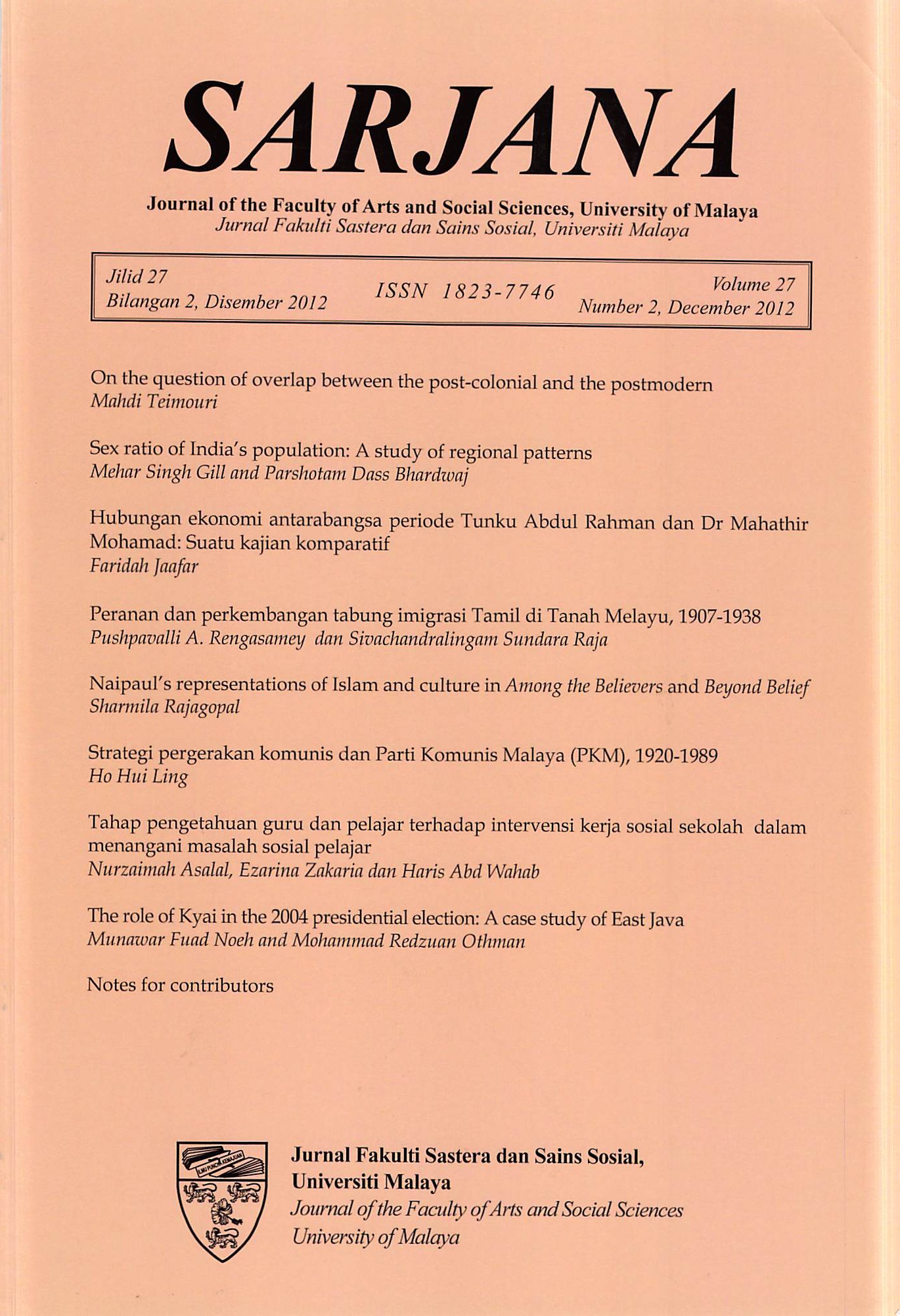THE ROLE OF AND DEVELOPMENT OF THE TAMIL IMMIGRATION FUND IN MALAYA, 1907-1938
Main Article Content
Abstract
This article examines the role and the development of the Tamil Immigration Fund in Malaya during the British colonial rule. The Fund was constituted as ‘The Tamil Immigration Fund Ordinance; Straits Settlements Ordinance’ in 1907 to recruit labourers from south India. Prior to 1907, the recruitment was carried out by individual estates at their own expenses, either through Agency Houses in Negapatam or licenced recruiters known as Kanganies. The labourers were brought to Malaya at considerable expense and many were subsequently induced, through offer of higher wages or better working conditions, to leave the employers who recruited them to work elsewhere. Efforts to control the ‘crimping’ of labour were not successful because of the large demand for labour generated. The only solution to the ‘crimping’ problem was the creation of the Tamil Immigration Fund and Immigration Committee in 1907. Through the fund, the British managed to control the flow of Indian labourers and overcome the limitations of the old recruitment systems known as the Indentured and Kangany systems. This article shows that on the whole, the Fund succeeded in resolving the investors/employers problem and the need for the British to acquire cheap labour.

